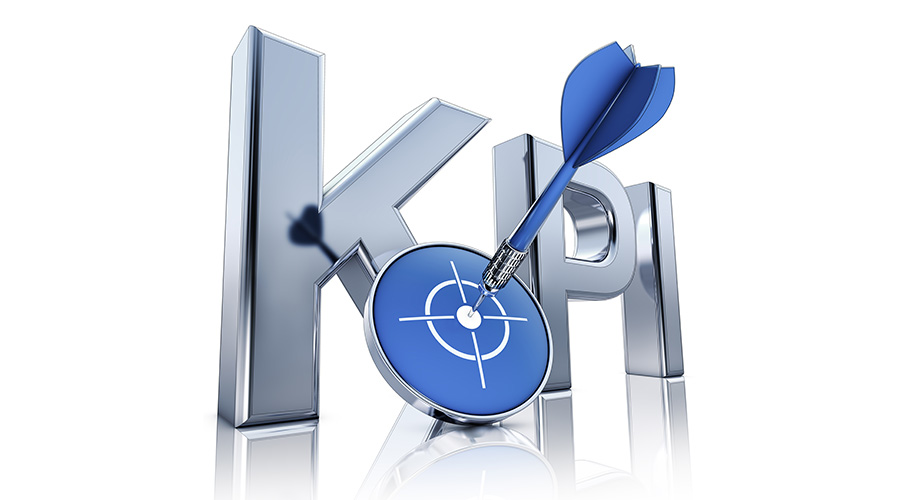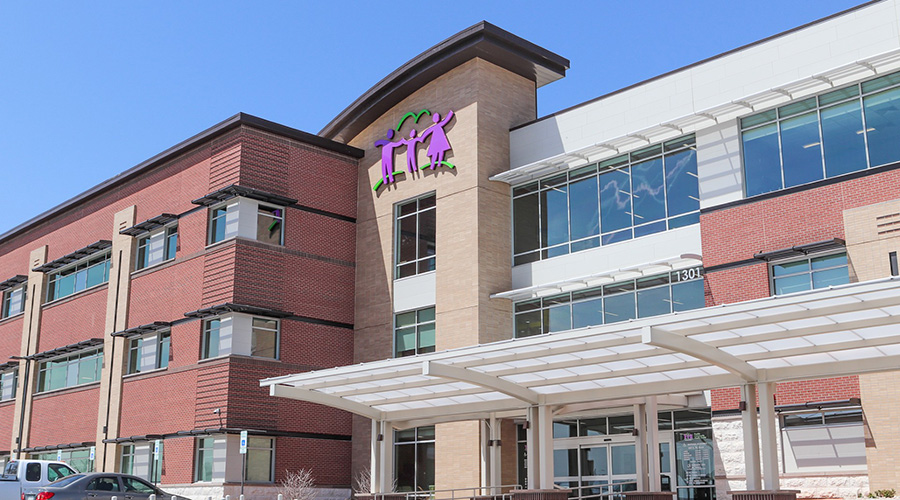Understanding New Utility Incentive Programs for Energy Efficiency
Utility incentive programs are shifting to recognize emerging technologies, often working with their customers and vendors on projects to save energy.
At one time, the incentive programs launched by utility companies often centered around rebates for purchases of energy-saving equipment. While these programs are still around, many utilities are shifting course. “Now, the trend is to offer a financial incentive per unit of energy saved,” says Howard Geller, executive director with Southwest Energy Efficiency Project, a public-interest organization promoting greater energy efficiency and clean transportation in Arizona, Colorado, Nevada, New Mexico, Utah, and Wyoming. “It’s ‘pay for performance’ versus paying for hardware.” As part of this shift, many programs also strive to help energy consumers build a culture around energy efficiency.
The concept of pay-for-performance has been around for about twenty years. However, it now is “entering a new paradigm,” says Giselle Procaccianti, commercial and industrial energy efficiency program manager with Northeast Energy Efficiency Partnerships, a non-profit accelerating energy efficiency in the Northeast and Mid-Atlantic states. Previously, it wasn’t uncommon for utilities to estimate savings and offer incentives before any new equipment was even installed.
Now, some pay-for-performance programs require minimum energy savings targets, and some evidence the facility has met them. This is largely a result of advances in metering systems that make it easier for energy users to monitor and adjust their usage in near real time, Procaccianti notes.
Another driver behind the changing incentive programs is the fact that many of the easy wins — say, replacing T12 lighting systems with more efficient T8 or LED systems — have already occurred. In addition, advances in other technologies, such as energy storage systems, make a wider range of incentive programs feasible.
Changing the culture
One of the most significant shifts among utility incentive programs is to a focus on promoting organizational cultures that incorporate continuous improvements in energy efficiency. For instance, some utilities offer incentives when organizations boost the efficiency of their equipment through better scheduling and fine-tuning the set points, Geller says. Some work with organizations to help them set energy savings goals over multiple projects, extending over multiple years, and then track progress toward these goals. “It’s a commitment to continuous improvement versus just one-off projects,” he adds.
Energy Trust of Oregon works with five investor-owned utilities to deliver energy efficiency programs to 1.6 million residential, commercial, and other customers in Oregon. Its Market Solutions program is designed for construction of small- to medium-sized buildings, and helps building owners and managers select energy efficient equipment. The incentives they can earn increase as their energy savings increase.
The program offers varying packages of incentives. For instance, facilities that achieve a 15 percent reduction in lighting power density, and install code-required automatic lighting controls and advanced power strips at all workstations may earn up to $.20 per square foot. Facilities that cut lighting power density, and install automatic lighting controls in all spaces and advanced power strips at all workstations can earn up to $.40 per square foot.
Related Topics:














